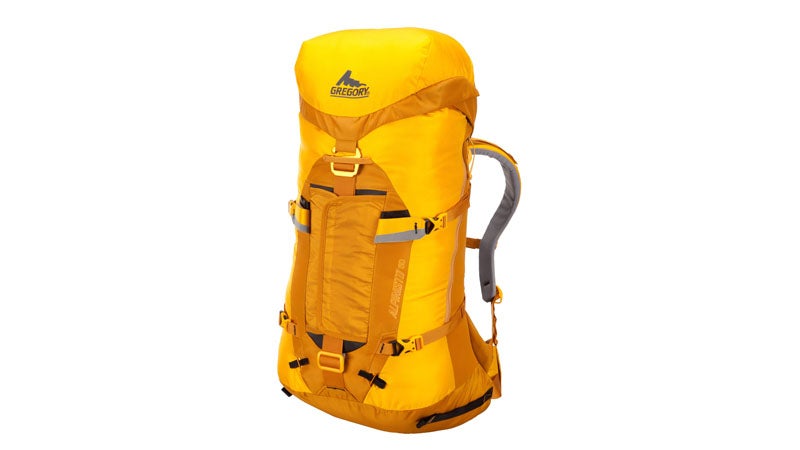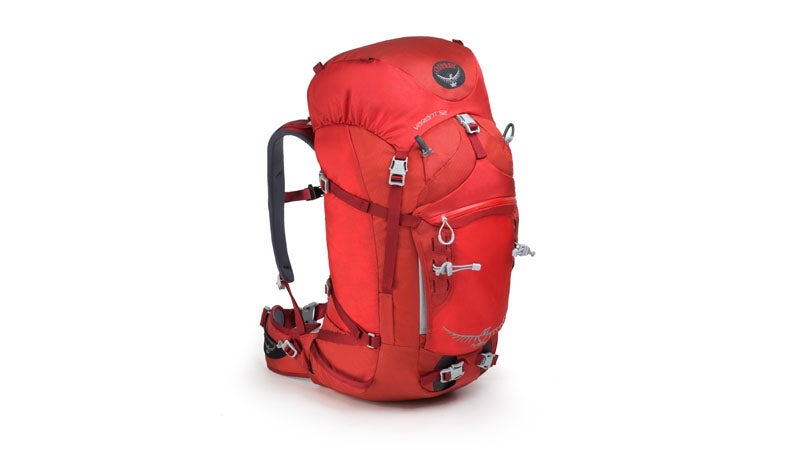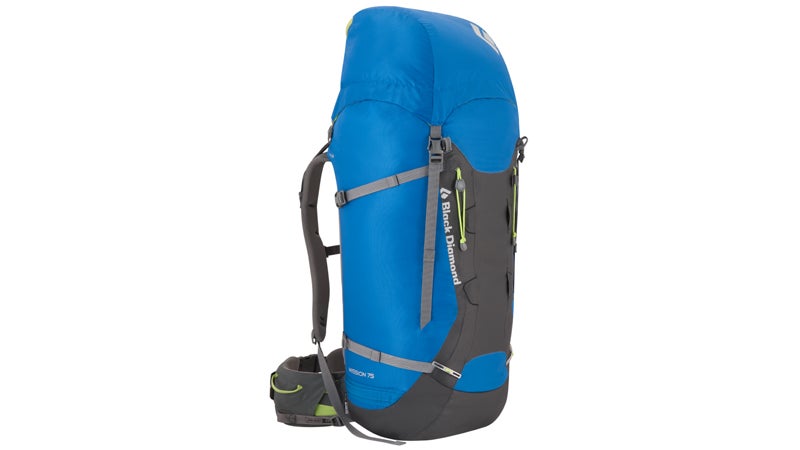Exercise caution when you look for an inexpensive mountaineering pack. Remember, a well-built pack is going to last a lot longer than a cheap one, and you want to make sure it won’t fail at a crucial moment.
But that doesn’t mean there aren’t good options out there that cost less than $250. To help you choose the perfect pack, here are some tips from ���ϳԹ��� Buyer’s Guide winter pack tester Ryan Stuart. When Stuart’s not reviewing packs for the magazine, the former backcountry ski and backpacking guide spends his winters on Vancouver Island logging almost 100 days on the slopes—when there’s snow.
First, let’s talk about durability, possibly the most important aspect of a mountaineering pack. “Climbing gear is heavy and climbing is hard on packs, so steer away from lightweight materials,” Stuart says. Cordura is always a good bet, and make sure you pay attention to denier (usually noted with a number followed by a D)—the higher the denier, the stronger the fabric.
You should also look for a pack with a streamlined exterior. Fewer buckles and zippers means there’s a smaller chance you’ll catch or rip something in the field, Stuart says.
Finally, make sure the pack hugs your body as closely as possible. Stuart suggests avoiding mesh and raised back panels on a pack you plan to climb with. “Make sure the center of the pack’s mass is as close as possible to your center of mass,” Stuart says.
Once you’ve found a few durable, streamlined options, narrow the search down to encompass only your sport-specific needs. If you don’t plan to ski with it, don’t get a pack with ski straps. That said, a little extra volume in the form of something like a floating lid never hurts.
Got it? Good. Now here are three (relatively) inexpensive alpine touring packs Stuart recommends.
Gregory Alpinisto 50, $239
For you minimalists out there, Stuart suggests the . “It’s nice because of how streamlined it is,” he says. And at 50L, it should be plenty large enough for a weekend trip. Stuart also likes how the Alpinisto’s compact design and suspension system keep the pack locked to his body. The Alpinisto is durable, with TPU reinforcements in areas that could be pierced by stored crampons and ice axes.

Osprey Variant 52, $200
The , like the Alpinisto, will be too small for weeklong alpine mountaineering trips, but if your main concern is versatility, this is the pack for you.
“It can do a lot of things well, if you’re good at packing it correctly,” says Stuart. “It can be a backpacking pack, a mountaineering pack, or a ski pack in the winter.” The Variant is built from super strong 210-denier Cordura and it will accommodate a large range of users since the hip belt comes in four sizes.

Black Diamond Mission 75, $240
The Black Diamond Mission 75 is the biggest pack on this list and should accommodate enough gear for even weeklong touring trips.
Stuart’s favorite feature of this pack is the reACTIV XP suspension system, which was built specifically to pivot on your hips and accommodate the dynamic moves necessary for alpine mountaineering. “The swinging hip belt is so slick, it feels like it’s a part of you,” says Stuart. This tight fit and extra range of motion will be particularly important if you’re lugging 25 additional liters of gear.

